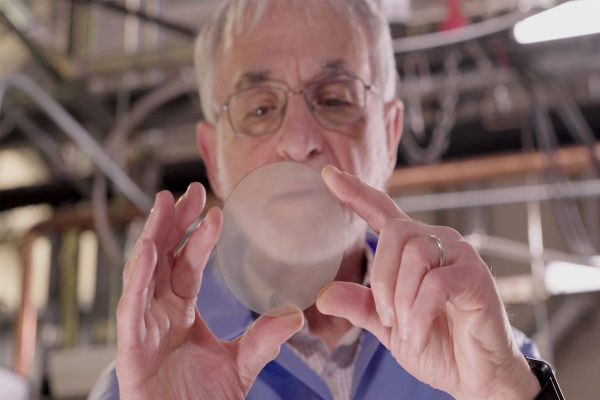In order to develop foundational ultra-wide bandgap semiconductors, or UWBGS, based on diamond and aluminum nitride technology and revolutionize semiconductor electronics with increased power delivery and thermal management in sensors and other electronic applications, Raytheon has been awarded a three-year, two-phase contract by DARPA.
The Raytheon Advanced Technology – An RTX Business team will create semiconductor films made of diamond and aluminum nitride and integrate them into electronic devices during the first part of the contract.
The second phase will concentrate on developing and refining the technology of diamond and aluminum nitride onto wafers with a bigger diameter for use in sensing applications.
Compared to conventional semiconductor technologies, ultra-wide bandgap semiconductors special material qualities provide a number of benefits, enabling the creation of extremely small, ultra-high power radio frequency switches, limiters, and power amplifiers.
They can also function in more hostile situations and at higher temperatures thanks to their excellent thermal conductivity.
The team’s objective is to lead the way in the development of these materials into products that are well suited for extended capability and range radar and communication systems, such as electronic warfare, directed energy, cooperative sensing, and circuitry in high-speed weapon systems like hypersonics.
Key Comments
“This is a significant step forward that will once again revolutionize semiconductor technology,” said Colin Whelan, president of Advanced Technology at Raytheon. “Raytheon has extensive proven experience developing similar materials such as Gallium Arsenide and Gallium Nitride for Department of Defense systems. By combining that pioneering history and our expertise in advanced microelectronics, we’ll work to mature these materials towards future applications.”
This contract is being worked on at the Andover, Massachusetts, RTX foundry of the corporation.




